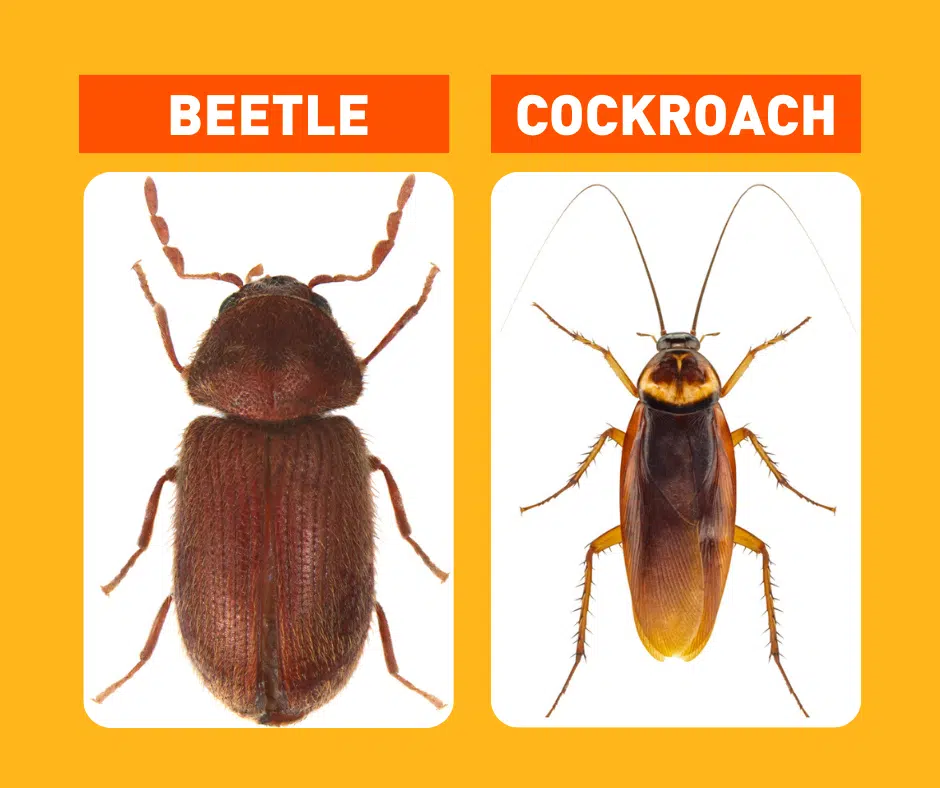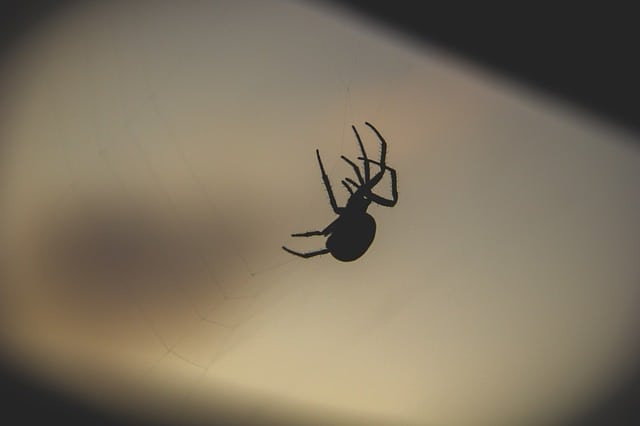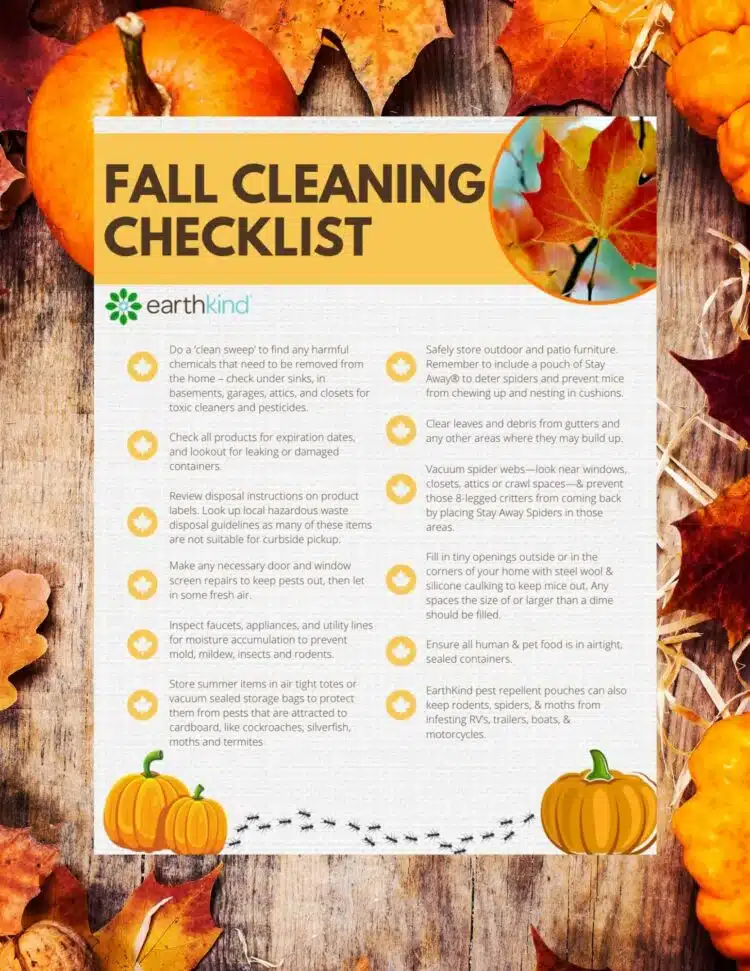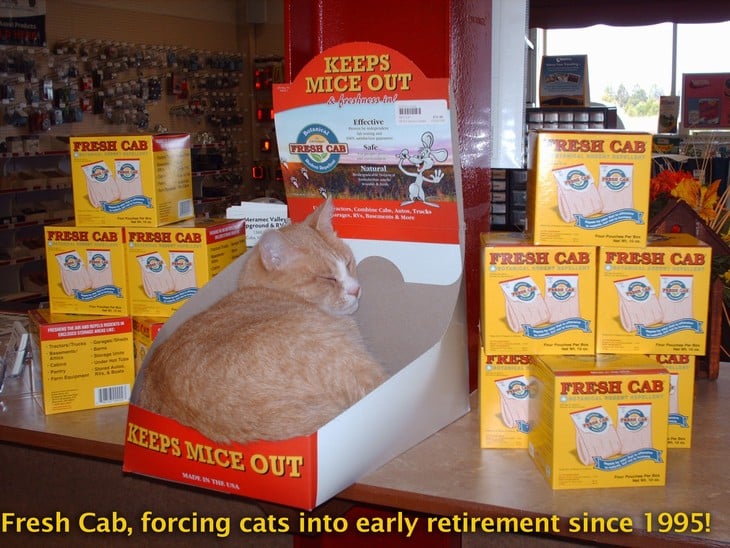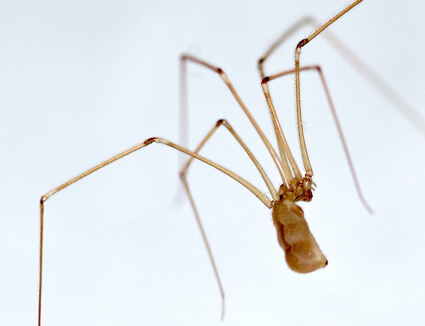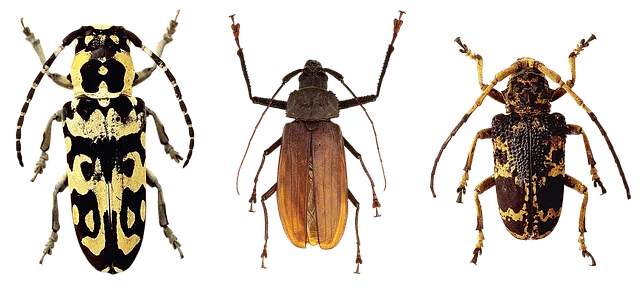
Getting Your Camper or RV Prepared for Winter
September 13, 2022

Many camper or recreational vehicle (RV) owners store away their vehicles during the winter months. If you aren’t planning on using it during this time, then winterizing your RV before the cold weather sets in is essential to protect it from the elements and prevent any damage. By taking a few simple steps, you can […]







